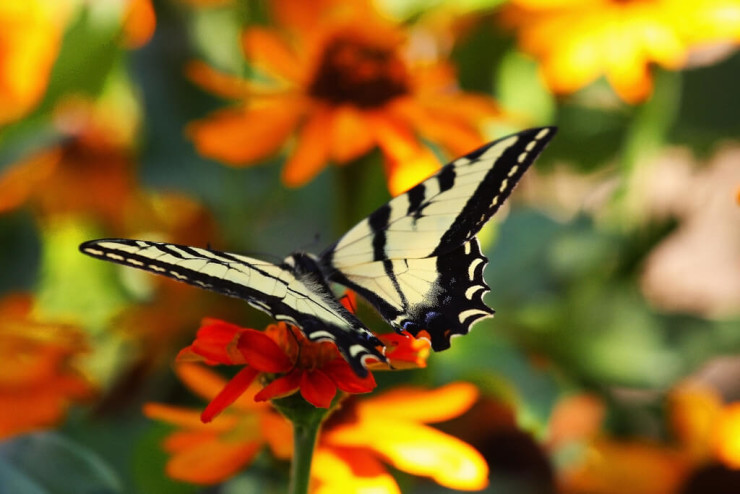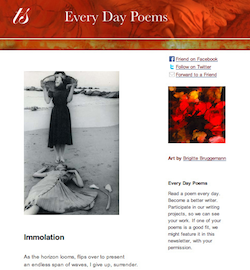“If you don’t know history, then you don’t know anything. You are a leaf that doesn’t know it is part of a tree.”
—Michael Crichton
After a short visit to Yosemite, we stop by the quaint town of Mariposa. We discover the Mariposa Museum and History Center located on 5110 Jesse Street, just off the main thoroughfare. A bark tepee and several pieces of mining equipment (in varying states of rust) can be found on the grounds around the museum. Yellow daffodils lilt in a terracotta pot.
It was first established in 1957 but the current building was constructed in 1970. Ruth, a spry 91 year-old volunteer docent (who looks like she is in her 70s), tells us it will cost $5 per adult but children are free. She points to a large tapestry hung on the inside wall above the front doors and gives us a quick history lesson.
She tells us the Miwoks first discovered this area and they didn’t care about gold. When the Spanish came, they saw Painted Lady butterflies and named the town Mariposa. Gold hunters came from the U.S., Mexico, Italy, England and Ireland. With a slight laugh, Ruth says General Fremont was smart and married a senator’s daughter; after litigation, Fremont gained undisputed title to the Mariposa Mine and before the case settled, the mine produced $200, 000.00 of gold.
When we first enter, we see an old-fashioned glass counter and shelves along the wall behind it filled with items from a now defunct grocery store once owned by an Italian-American family. I see baby shoes, soap and ladies accessories below a glass counter. Metal containers and old print ads for products once deemed useful line the wall.
To the left of the front door, we see a wood model of an old stamp mill. Mercury forms a bond with the gold and the worthless quartz washes away. Later heat evaporates the mercury, leaving pure gold.
We continue left and find wonderfully curated vignettes of life during the Gold Rush in California. Selections from the “Dear Charlie” letters Horace Snow wrote to his friend Charlie after he left Massachusetts in 1853 were a delight. After boarding a ship in New York, Horace sailed via Panama or Nicaragua to San Francisco. After 37 days, he arrived in Mariposa County. In his letters, Horace called Massachusetts “America.” His letters are dated from April 1, 1854 to April 16, 1855. He eventually stopped panning for gold and sought other work.
From Horace’s letters, it sounded like the Wild West because men often carried daggers and guns for self-protection from robbery or worse.
A list of prices in 1853 reveals a Word of Counsel from a lawyer cost $10 and to rent half of a small house cost $250 a month. I chuckled when I learned a court interpreter was paid $8 a day in 1851 while “learned Associate Justice Dickenson” received $6 a day.
When I turn right from the front store area, I find a life-size replica of a Miwok family. A Miwok woman stands tall with her long black hair near her child; her husband stands closer to their tepee. I admire the intricate woven baskets and what appeared to be metal arrowheads behind a glass display case. I wonder if any Miwoks still live in the area or if they were driven away by gold-hungry prospectors and large mine owners.
Ruth notes that in 1848 Chinese men came to work in the mines and were reliable, cheap labor. They built most of the rock walls in the foothills. She didn’t know where the Chinese later went, but they left after finishing construction because they weren’t allowed to make a claim like other gold prospectors. Past the Miwok display, in a back corner is a display of artifacts, such as cups, bowls and urns, left behind by the Chinese. Along one glass case, “Fred Clarke” told how the Chinese built a trench ten feet deep around their camp to defend against the bandit Murrietta and his gang. A board placed across the trench allowed them to leave to work. At night when they returned, they removed the plank. One record stated the Chinese were “very industrious.” Sometimes a quota was set and if the man didn’t meet the quota, he received nothing for his entire day of labor.
After our family left the museum, we felt more like a part of the tree of California history. My husband’s family traces its roots to California from the late 1800s. Now when I see the rock walls along the California foothills, I will know Chinese men built those walls. The Miwoks, the gold settlers from back East, Mexico, Italy, England, Ireland, and Spain, and the Chinese laborers are all part of my heritage as a lifelong Californian. The rich history preserved by Mariposa Museum gave me a larger vision of the tree of which I am but a leaf.
Photo by the_tahoe_guy, Creative Commons license via Flickr. Post by Dolly Lee.
________________________
Browse more Literary Tour
 Want more poems? We’ll send you one, every day.
Want more poems? We’ll send you one, every day.
Buy a year of Every Day Poems, just $5.99
- Regional Tour: The Getty Center in Los Angeles - November 6, 2015
- Regional Tour: A Glimpse of Yosemite - August 14, 2015
- Literary Tour: Mariposa Museum & History Center - May 20, 2015

 Want more poems? We’ll send you one, every day.
Want more poems? We’ll send you one, every day.
Maureen Doallas says
Fine post, Dolly; an interesting find. And such an apt Crichton quote.
Dolly@Soulstops says
Maureen,
Thank you….it was a surprising find 🙂
Michael Garcia says
It’s always good to read an article since I thought initially by the picture it was about writing poems of butterflies. Well Mariposa does mean “butterfly” in Spanish, but this was more about painted butterflies. It’s about a history of people and how their determination allowed them to flourish and make roots. I enjoyed the article.
Dolly@Soulstops says
Michael,
Thank you for reading on even though it wasn’t what you originally anticipated. It is what my experience was when I visited the Mariposa Museum…I found more than I expected when I first saw its humble exterior.
Megan Willome says
Nice ending!
Dolly@Soulstops says
Megan,
Thanks for reading to the end 🙂